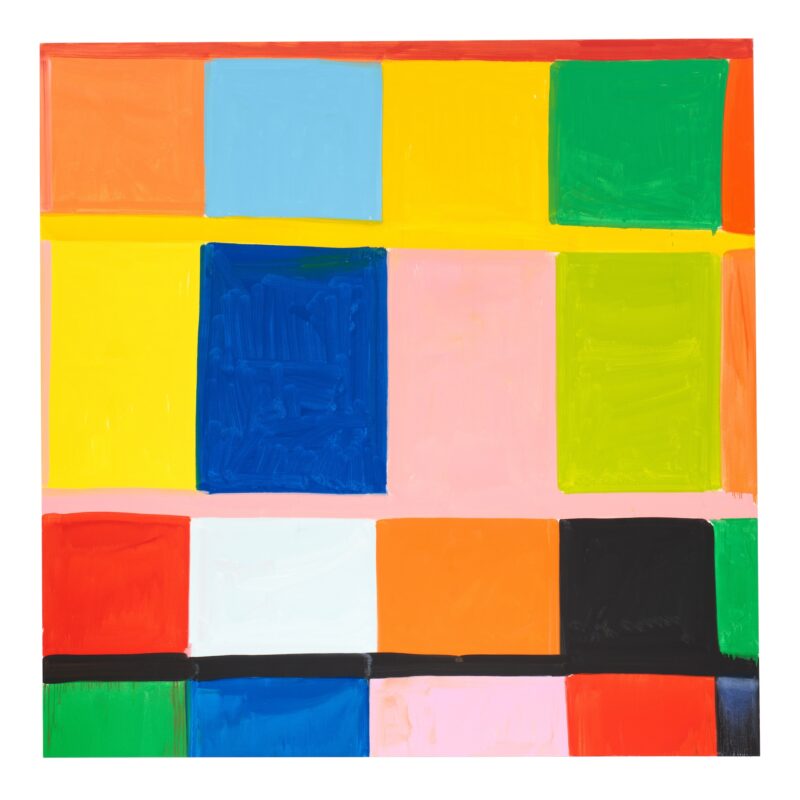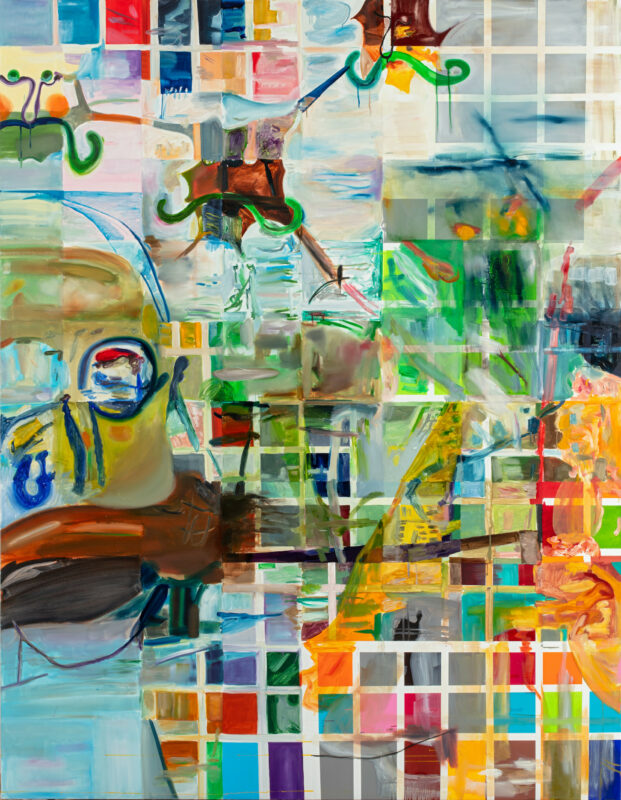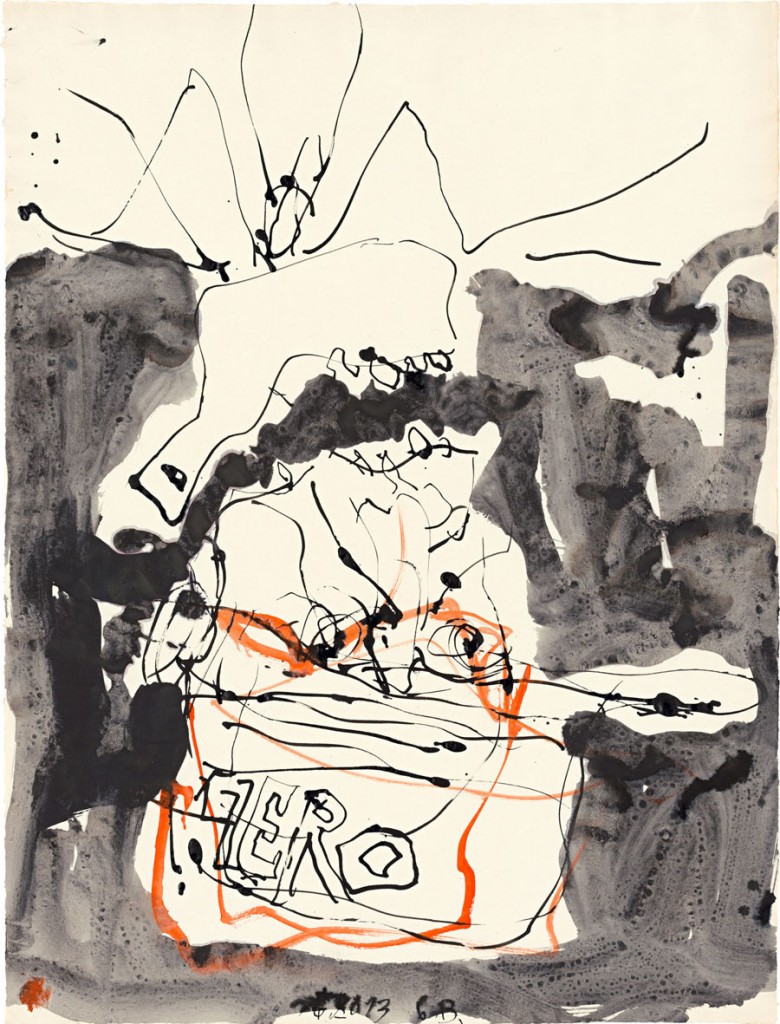
GEORG BASELITZ Untitled, 2013 Pen and ink, watercolor and ink, wash on paper 26 x 19 3/4 inches (66 x 50.2 cm)
Photo by Jochen Littkemann

GEORG BASELITZ Untitled, 2013 India ink and watercolor on paper 26 x 19 13/16 inches (66.1 x 50.3 cm) Photo by Jochen Littkemann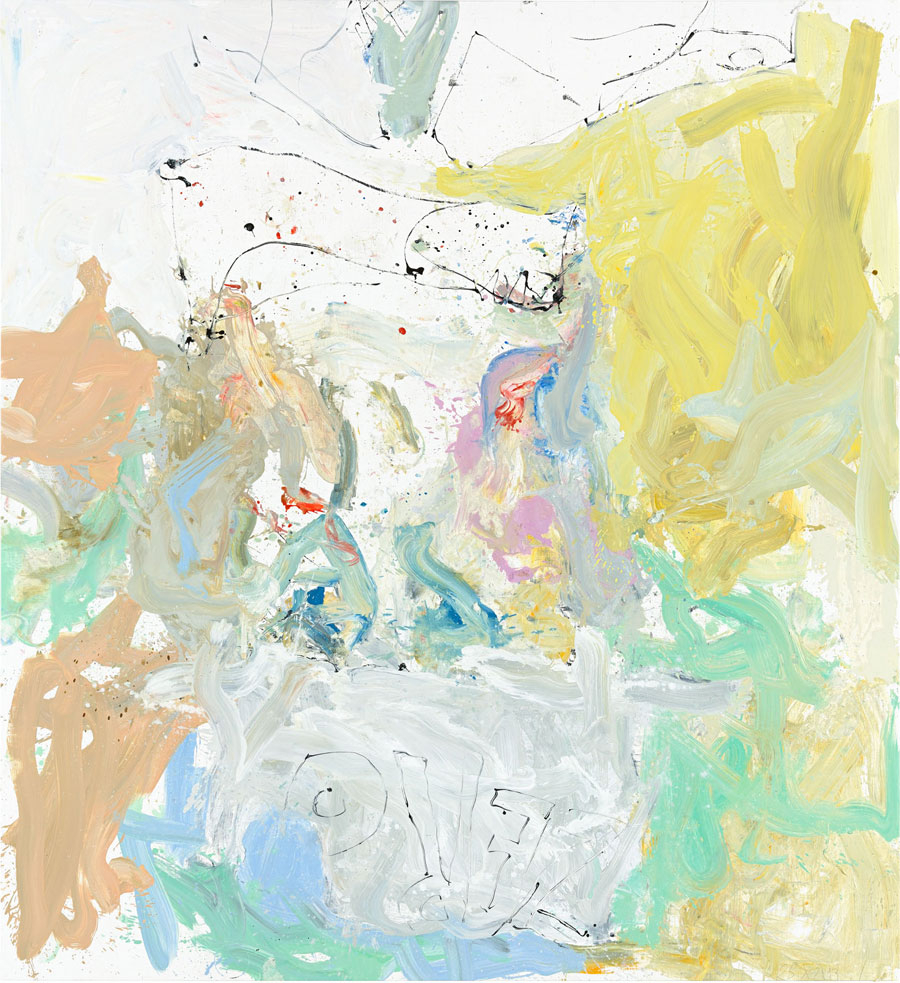
GEORG BASELITZ mehr ich tut ach mer willn (Barle flel wil), 2013 Oil on canvas 118 1/8 x 108 1/4 inches (300 x 275 cm)
Photo by Jochen Littkemann
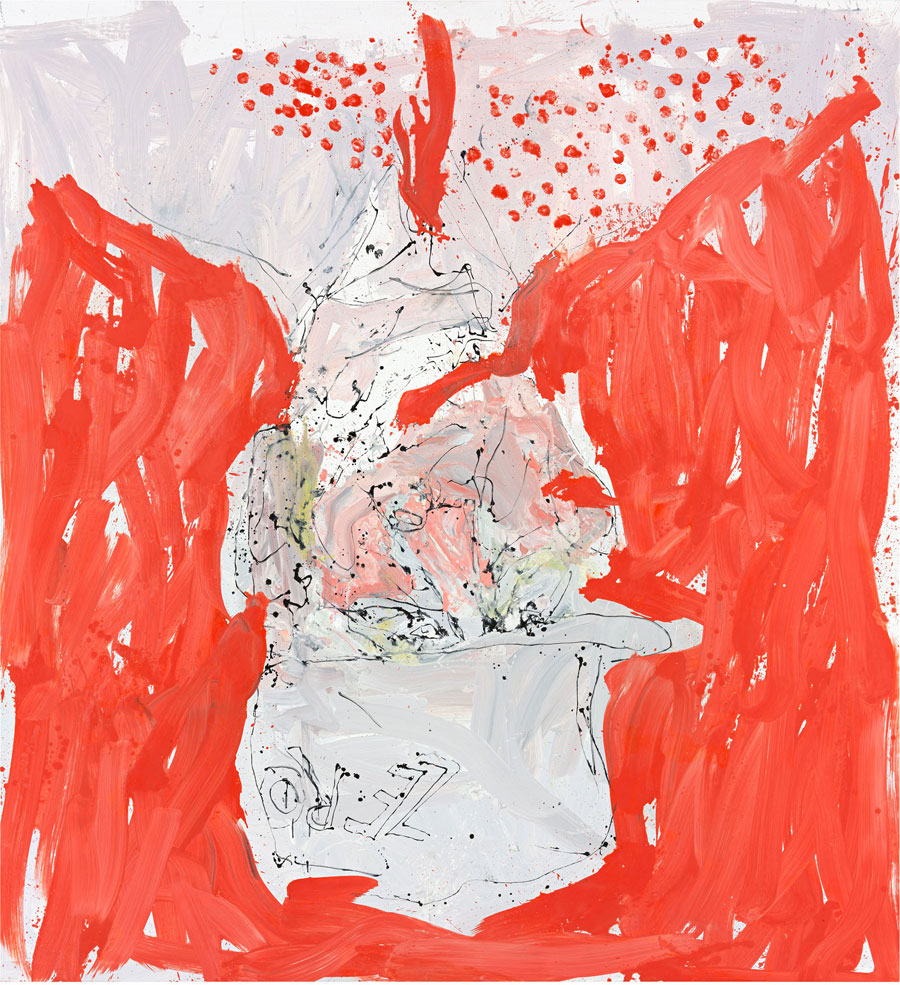
GEORG BASELITZ Auch wirt lern helmt mich (Able fwill red), 2013 Oil on canvas 118 1/8 x 108 1/4 inches (300 x 275 cm)
Photo by Jochen Littkemann
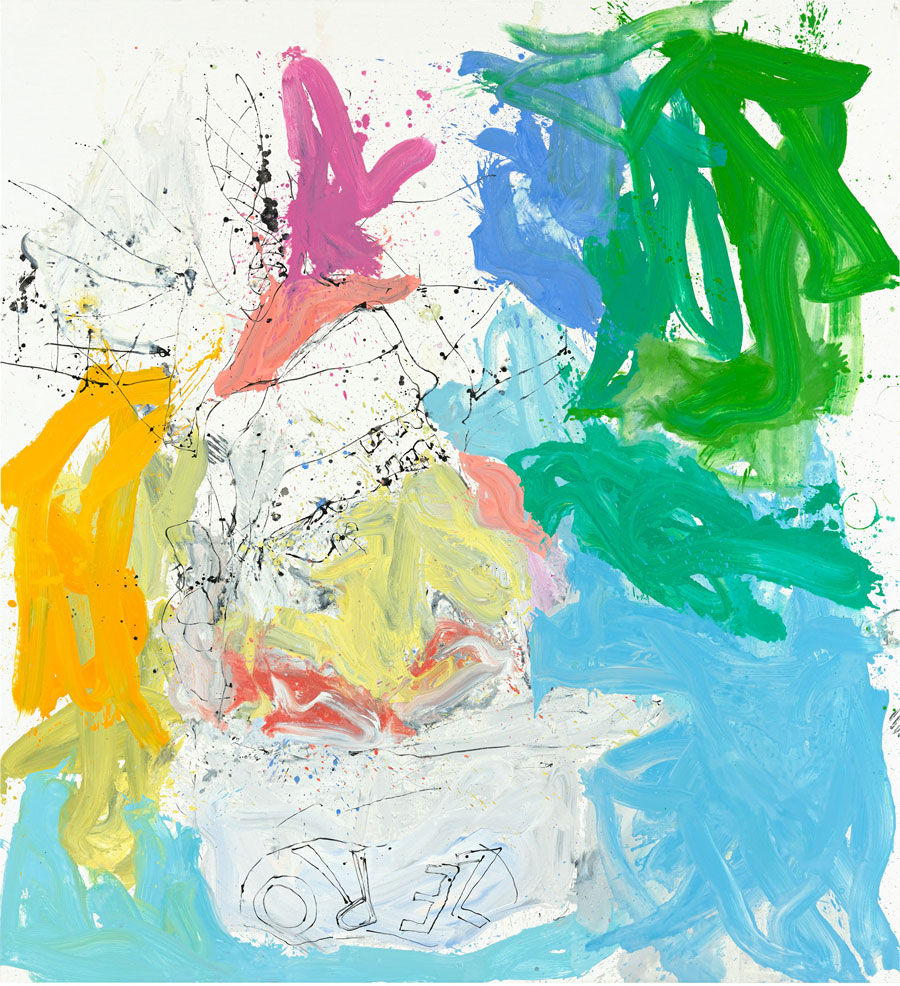
GEORG BASELITZ Ill wam ruch nichtet mehr (Ill bar fe well), 2013 Oil on canvas 118 1/8 x 108 1/4 inches (300 x 275 cm)
Photo by Jochen Littkemann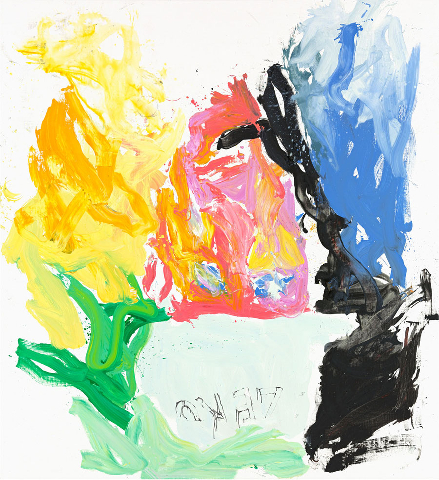
GEORG BASELITZ Licht wil raum mecht hern (Lef el rial bel), 2013 Oil on canvas 118 1/8 x 108 1/4 inches (300 x 275 cm)
Photo by Jochen Littkemann
Through to March 29th, 2014 Gagosian 6-24 Britannia Street London WC1X 9JD www.gagosian.com
Most of what you see as freedom is de Kooning.
—Georg Baselitz
“Farewell Bill,” is an exhibition of new paintings by Georg Baselitz.
Seeking to expand the scope of traditional representation in art, Baselitz has constantly revisited and reimagined his chosen subjects over time. In this new series, he co-opts figuration as a vehicle for expression in energized, intuitively painted self-portraits—a new approach in his persistent subversion of the painted subject. Marking a clear departure from the retrospective impulses of the Remix paintings of the past decade, these vibrant new works focus afresh on the affirmative act of painting.
Baselitz intentionally deprived himself of any overview of the works while in progress, rapidly painting each section of the canvas on the floor, then moving over to the next. Impressions of paint cans and footprints are traces of this process while each brushstroke records a decisive action. Titled with variations on the phrase Willem raucht nicht mehr (which translates literally as “Willem’s no longer smoking” and figuratively as “Willem’s no more” or “Farewell Willem”), these color-rich, instinctively painted self-portraits pay direct homage to the gestural figures of Willem de Kooning, whose primal paintings Woman I and Woman II Baselitz encountered as a student in 1958. Bursts of pure red, yellow, blue, and green echo de Kooning’s abstract paintings of the 1970s, five of which were presented alongside Baselitz’s early work in the pivotal exhibition “A New Spirit in Painting” of 1981 at the Royal Academy in London.
Like de Kooning’s paintings of the period, Baselitz’s new works impart a watercolor-like fluidity, achieved through the thinning of oil paints with turpentine and their swift, loose application. Riffs on his own likeness transcend representation, imparting sublime moments of intuition and physicality. Disrupting the painted subject both visually and symbolically, Baselitz repeatedly portrays himself upside down, wearing a cap marked “ZERO” (the name of his paint supplier). Silhouettes are conveyed in the thin, intertwining lines of a reed brush, while explosive color fields reveal new painterly atmospheres.
Baselitz is also known for his distinctive approach to sculpture: his roughly hewn and boldly painted wooden figures fuse traditional woodcarving techniques with primitivist and folk art impulses. He has also explored large-scale bronze casting. Folk Thing Zero (2009), a painted bronze self-portrait, is derived from a carved wooden form where the staccato hacks and scars of the original surface translate into a seamlessly cast sculpture. It is by thus conflating a range of dynamic influences through audacious methods that Baselitz continues to upend perceived limits of representation.
About The Artist
Georg Baselitz was born in 1938 in Deutschbaselitz, Saxony, and lives and works near Munich, Germany and in Imperia, Italy. Public collections include Museum Ludwig, Cologne; Museum of Modern Art, New York; Metropolitan Museum of Art, New York; and Tate Modern, London. Major museum exhibitions include Solomon R. Guggenheim Museum, New York (1995, traveled to Los Angeles County Museum of Art, Hirshhorn Museum and Sculpture Garden, Washington, D.C., and Nationalgalerie, Berlin); “Aquarelles Monumentales,” Albertina, Vienna (2003); Royal Academy of Arts, London (2007, traveled to MADRE, Naples, through 2008); “Prints: 1964 to 1983,” Pinakothek der Moderne, Munich (2008); Galleria Borghese, Rome (2011); Pinacoteca, São Paulo, Brazil (2011); “Baselitz as Sculptor,” Musée d’Art Moderne de la Ville de Paris (2011–12); Essl Museum, Vienna (2013); Victoria and Albert Museum, London (2013); Guggenheim Museum Bilbao, Spain (2013); and “Georg Baselitz: Remix,” Albertina, Vienna, through February 12, 2014. A major survey of Baselitz’s paintings and sculpture opens at Haus der Kunst, Munich this September.
“Germany Divided: Baselitz and His Generation,” is on view at the British Museum, London -August 31st.
A selection of works from Baselitz’s private collection will be presented in “Renaissance Impressions: Chiaroscuro Woodcuts from the Collections of Georg Baselitz and the Albertina, Vienna,” on view at the Royal Academy of Arts, London from March 15th–June 8th, 2014.
#BaselitzFarewellBill
‘Am I supposed to be friendly?’ Interview with Georg Baselitz: The Guardian


